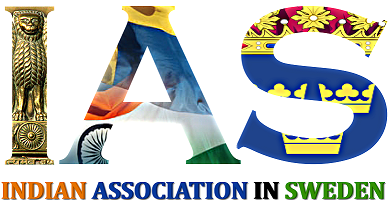Culture and Languages
About 9.5 million people currently live in Sweden. About two million people live in the country's three largest cities: Stockholm, Gothenburg and Malmö. About 15 per cent of the Swedish population were born abroad.
It is difficult to say what defines Swedish culture and what is typically Swedish. All groups in the world possess cultural values that given them a kinship. Certain qualities can be shared by several cultures and need not be shared by all those in the group. Consequently, what is regarded as typically Swedish by one person need not be considered so by others.
In terms of ethnic background, Swedish people originate from among the Germanic peoples. Nowadays, Swedish people have many different origins. What Swedish people primarily share is the Swedish language. This is an IndoEuropean and Germanic language spoken by about 10 million people, mainly in Sweden, but also in parts of Finland. The Swedish language is similar to both Norwegian and Danish and the majority of people in these three countries can understand one another's languages.
Cultures change over time and are influenced by various surrounding societal factors. Swedish culture has been marked and is marked by many social phenomena. Examples of factors that have influence Swedish culture are industrialisation, the emergence of the welfare state, secularisation and individualization. These and many other factors have influenced the way Sweden relates to the world around it, how people interact and interpret society.
Season and Climate
Most people think of winter when they hear of Sweden. But because of the warm Gulf Stream, the climate here can be much milder than you might expect. Spring, summer, fall and winter each have their own unique personalities. Spring runs from March/April to May, summer from June to August, fall from September to October/November and winter from November/December to March/February.
In a land as varied as Sweden, these seasons can be quite different depending on where you live. For simplicity’s sake, the country can be divided into three major regions: Götaland in the south, Svealand in the middle and Norrland in the north.
In Götaland, where you’ll find the cities Gothenburg and Malmö, winters are shorter and milder, while daytime summer temperatures normally range from 15 to 25 degrees Celsius. The air is relatively humid here, making warm days feel warmer and cold days colder. However, even in winter months, snow is rare near any southern coast.
Stretching from Stockholm in the east to southern Norway in the west, Svealand has a climate that is normally a few degrees cooler than that of Götaland. Average temperatures are just below zero in January, and snowfall is more common – especially in the northwest, where a number of popular ski resorts are located.
Although relatively few people live here, Norrland has the climate many people falsely associate with all of Sweden. Winters here are long, cold and dry, with sub-zero temperatures lasting several months. There is also much more snow here. Summers may be short, but temperatures are often a comfortable 15 degrees, with occasional peaks of up to 30 degrees.

